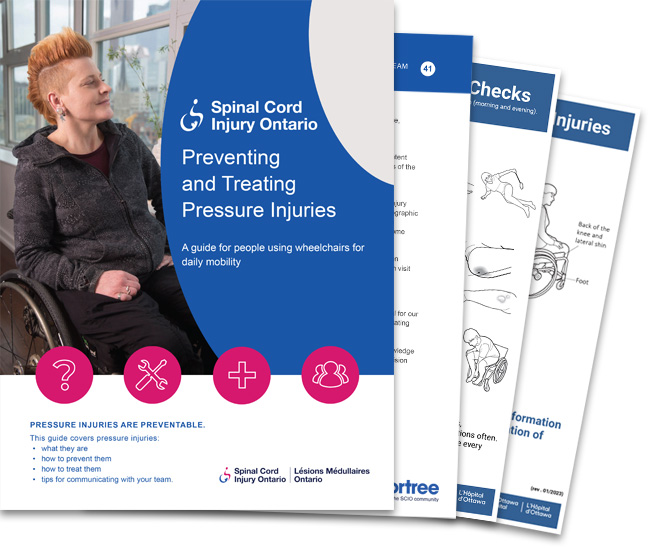A spinal cord injury can significantly impact mobility, requiring individuals to consider assistive devices and home modifications. Accessing the necessary equipment can be challenging and financially burdensome.
On this episode of Underestimated, presented by Oatley Vigmond Personal Injury Lawyers and brought to you by Spinal Cord Injury Ontario, Mee Hee Kim shares her experience as a past recipient of funds from the Enhancing Independence Program.
Mee Hee, who sustained a spinal cord injury in a car accident in 1991, collaborates with SCIO to secure funding from the Assistive Devices Program and other agencies for essential equipment. Her funded items include an air mattress, tilt commode chair, gel cushion, and a new power wheelchair. This specialized equipment enables Mee Hee to engage in activities such as meeting her mother for breakfast and spending time with friends and family.
When exploring assistive devices suitable for your injury and lifestyle, cost considerations come into play. The Assistive Devices Program assists individuals with long-term physical disabilities in covering the expenses of customized equipment like wheelchairs and mobility devices. To be eligible for support, you must be an Ontario resident with a valid Health Card and have a disability requiring the equipment or supplies for a minimum of six months. For more information about the Ontario Assistive Devices Program or to seek assistance from Service Navigation Coordinators, please visit sciontario.org.
Spinal Cord Injury Ontario is dedicated to supporting and advocating for individuals with disabilities, including those living with spinal cord injuries (SCI). One crucial aspect of improving mobility and enhancing the quality of life for individuals with SCI is the use of assistive devices and adaptive equipment.
For individuals with limited mobility, a power wheelchair is often a vital assistive technology. Power wheelchairs provide increased independence and mobility, allowing individuals with SCI to navigate their surroundings more easily.
Additionally, the use of assistive technology for spinal cord injury goes beyond power wheelchairs. There is a wide range of adaptive equipment available to meet the specific needs of individuals with SCI. These assistive devices can include pressure-relief cushions, tilt commode chairs, pressure relief mattresses, and more. Such equipment not only enhances comfort but also helps prevent pressure injuries, which are common concerns for individuals with limited mobility and sensation.
Living with a spinal cord injury presents unique challenges, but with the right assistive devices and adaptive equipment, individuals can lead fulfilling lives. It’s essential to understand how to use a power wheelchair effectively and safely. Power wheelchair reviews and guidance on its usage can provide valuable insights for individuals navigating life with SCI.
Spinal Cord Injury Ontario, along with organizations like the Assistive Devices Program, offers support and resources to Ontario residents with long-term disabilities. These programs assist in procuring and funding the necessary assistive devices and equipment, including power wheelchairs, to improve mobility and enhance independence.
Living with paralysis doesn’t mean giving up on an active lifestyle. With the right assistive technology and adaptive equipment, individuals with SCI can engage in various activities, meet friends and family, and participate in their communities.
If you enjoyed this video on power wheelchairs for SCI, assistive technology for spinal cord injury, and how to prevent pressure sores, please remember to like, share, subscribe, and leave a comment if you have any questions or suggestions. We hope to see you here again soon!
Power Wheelchair for SCI | Assistive Technology for Spinal Cord Injury | Prevent Pressure Sores
Watch Next

Disability & Relationships | Intimacy with Disabled Partner | Sexuality & Disability | Paraplegic
By Spinal Cord Injury Ontario
Disability in the LGBTQ+ Community | Andrew Gurza Disability After Dark | Queer and Disabled
By Spinal Cord Injury Ontario



